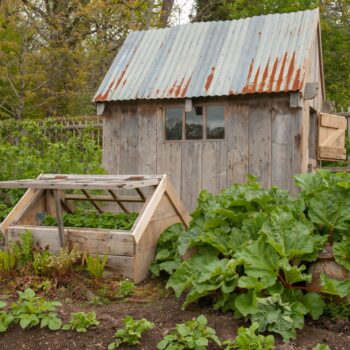Wherever you garden, from the northeast and high mountain elevations to the mild climate west and the balmier southern states, the spring and summer growing season often seem just too short. Use the following tips and techniques to reap the biggest bounty from your garden and stretch extra days and weeks out of your growing and harvesting season.
Make late-season plantings. Extend your harvest into fall by planting second crops of cool season vegetables, such as peas, greens, lettuce, carrots, cabbage, kale, kohlrabi, Asian vegetables, radishes, spinach, and turnips. Planting these veggies in late summer/early fall will yield harvests long after your summer crops are finished. The longer
the frost-free season in your area, the greater the variety of fall crops you’ll be able to grow.
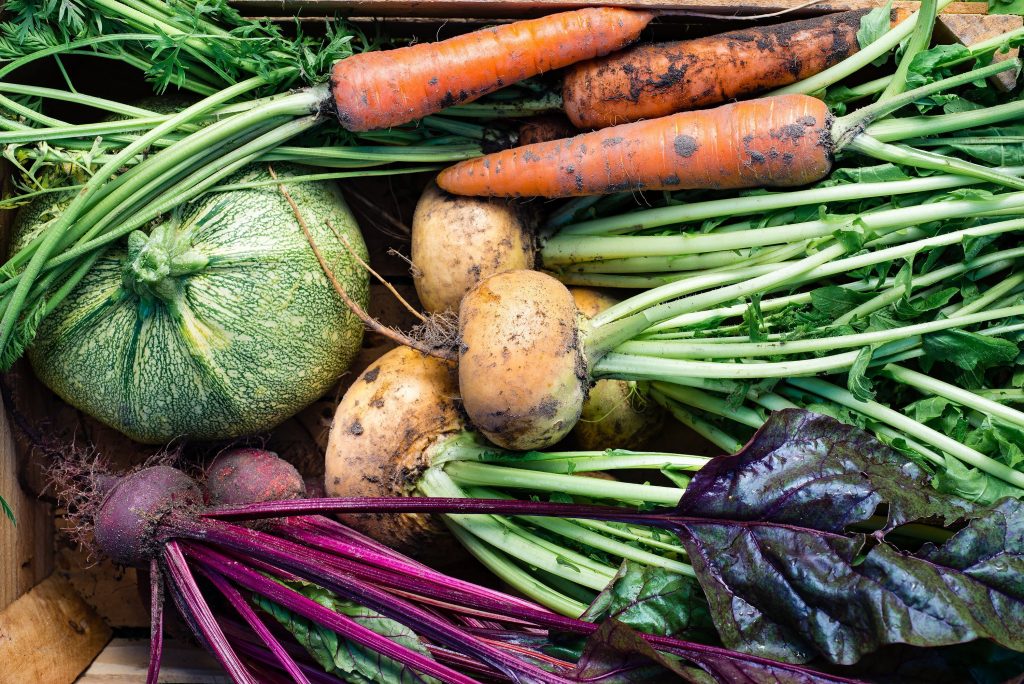 Take advantage of microclimates. Some areas around your property may stay warmer or are sheltered from the wind or frost. For example, gardens at the top of a slope often avoid an early frost as cold air settles in lower areas. Use these protected sites to grow vegetables later in the season.
Take advantage of microclimates. Some areas around your property may stay warmer or are sheltered from the wind or frost. For example, gardens at the top of a slope often avoid an early frost as cold air settles in lower areas. Use these protected sites to grow vegetables later in the season.
Protect from early frost. In fall, freezing temperatures limit plant growth in northern latitudes and at high elevations. Cover late season plantings with floating row covers, minigreenhouses made from clear plastic, or even old window sashes set on hay bales. Vent the covers on warm days to prevent excessive heat buildup. Modern floating row covers spread on top of your growing beds can protect crops from early frost by maintaining a temperature about 4°F higher
than the air temperature. You can also try a black plastic mulch to retain extra heat in fall. Cover the edges of the plastic with soil to anchor it in place.
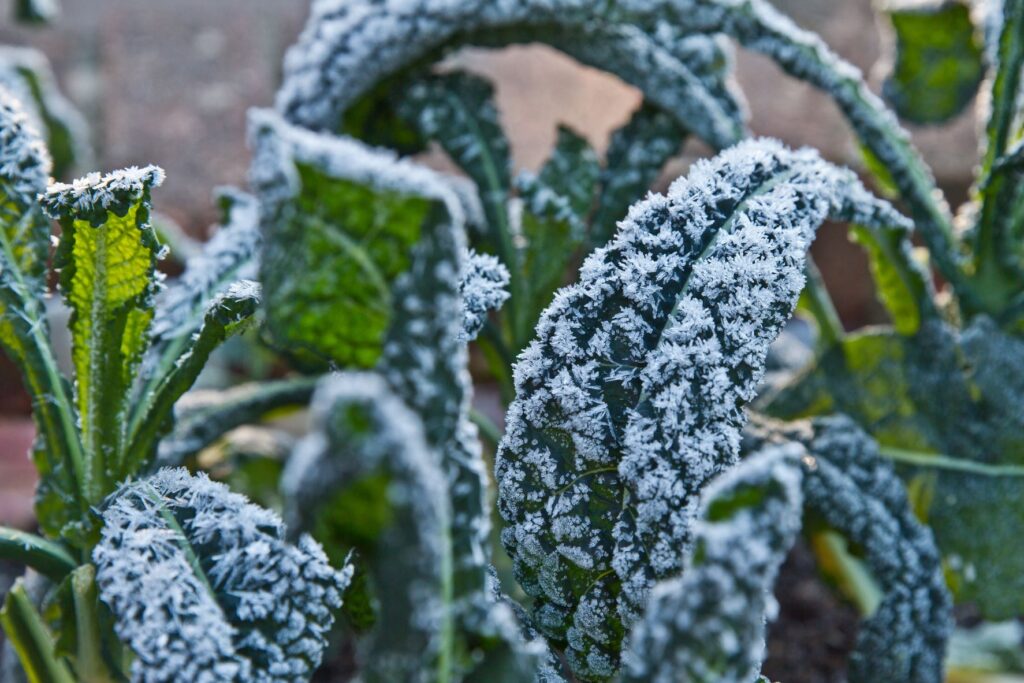
Frosty Kale
Choose hardy crops. End the gardening season with cold-hardy vegetables that can actually tolerate frost, such as peas, Brussels sprouts, cabbage, broccoli, kale, beets, leeks, carrots, turnips, radicchio, escarole, scallions, and spinach. Some vegetables also have particular varieties better suited to grow in cold, short-day climates. Read seed packets and vegetable descriptions to find vegetables that are described as cold tolerant.
Invest in a cold frame. A cold frame can extend your garden season no matter what part of the country you live in. You will find that you can have ample greens for good salads throughout much of the winter in all but the coldest climates by using a cold frame.
Cold frames are basically little houses where plants can have a head start in spring and extra growing time in the fall and early winter. You can purchase a cold frame or make your own. If you have an old storm window and some planks or scrap lumber, you can put together an easy cold frame. Nail the wood together to fit under the storm window. Instead of cutting the sides on a slant, just build the frame as a box and simply top it with the storm window. Skip the hinges. On hot days, slide the window to the side to let heat out; on cold nights, put the window squarely over the top of the frame and cover it with an old blanket. In the summer when you don’t need it, it’s easy to store.
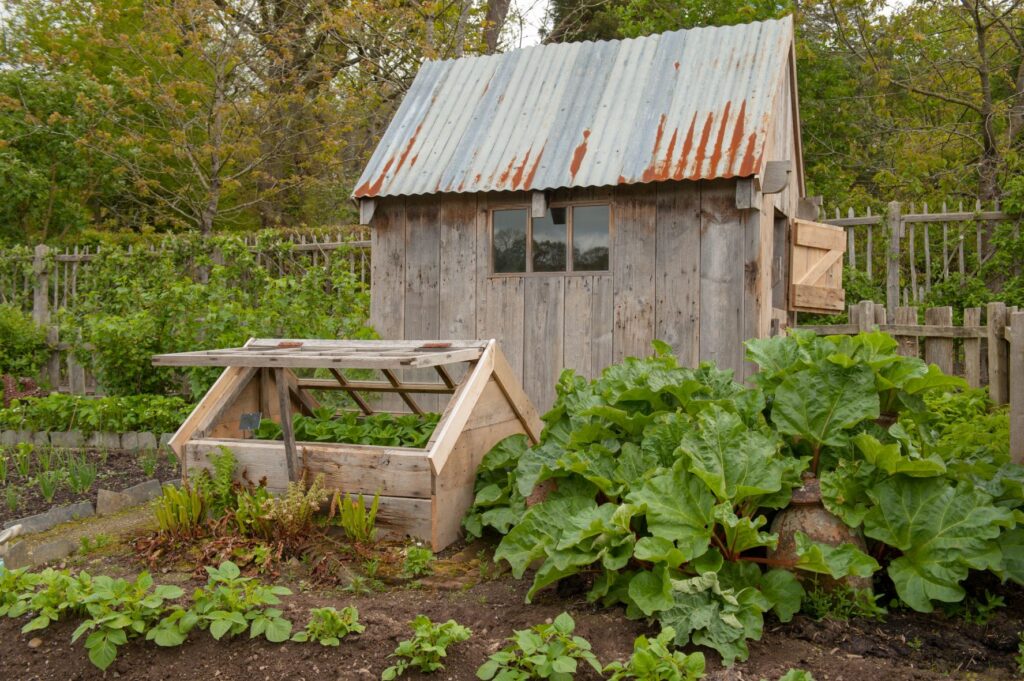
Extended Gardening with a Cold Frame
Cold frames are great for extending the growing season of all cool season leafy crops. Keep a thermometer in the cold frame to help monitor temperatures. Vent the frame when daytime
temperatures go above 50 degrees F for cool season crops. Close it back up when temperatures drop below 45 degrees F. Make growing in a cold frame even easier by investing in a
solar-powered vent opener that automatically opens and closes the lid as temperatures dictate. This way you won’t have to worry about plants getting too hot or cold when you’re not
around.
Mulch root crops for an extended harvest in cold winter areas. If your ground freezes hard, you’ll need to insulate the soil around your veggies’ roots so they don’t freeze. Put a 10-12-inch layer of mulch over the rows, extending out 18 inches on each side. This will keep the soil around the roots at an even 35- 40 degrees — the ideal storage temperature. Once the mulch is down, you can go out anytime, move it aside and dig up some fresh roots. You can even dig carrots, leeks, beets, and parsnips out from under two feet of snow! Vegetables stored in the ground won’t keep well once you dig them, so plan to use within a few days.
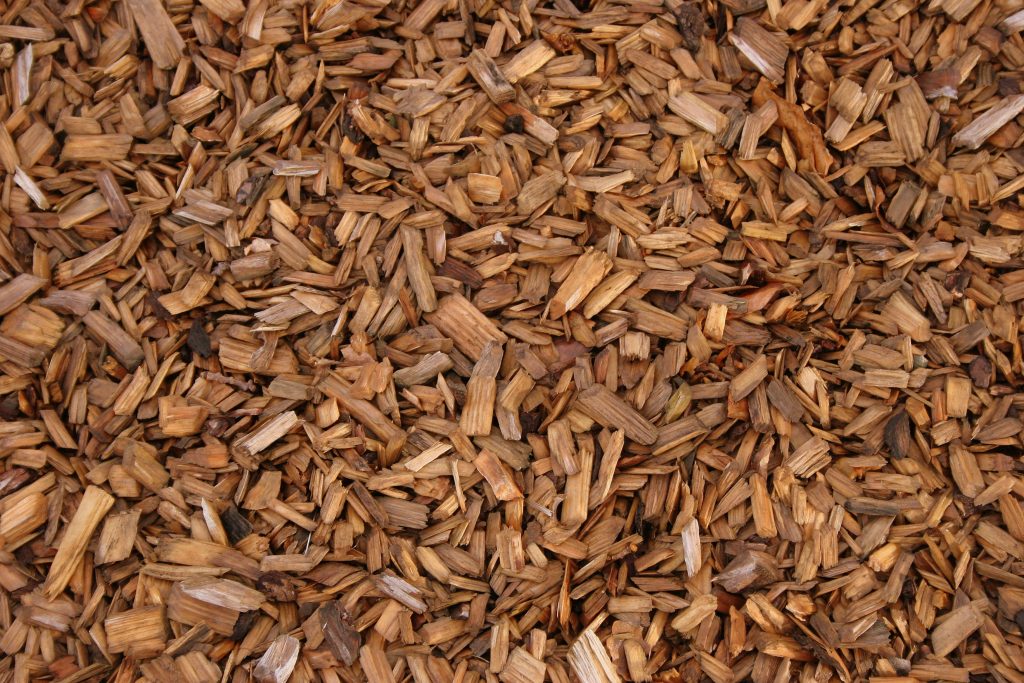
Mulch For Insulating Plants
Many thanks to the Home Garden Seed Association for this article!

